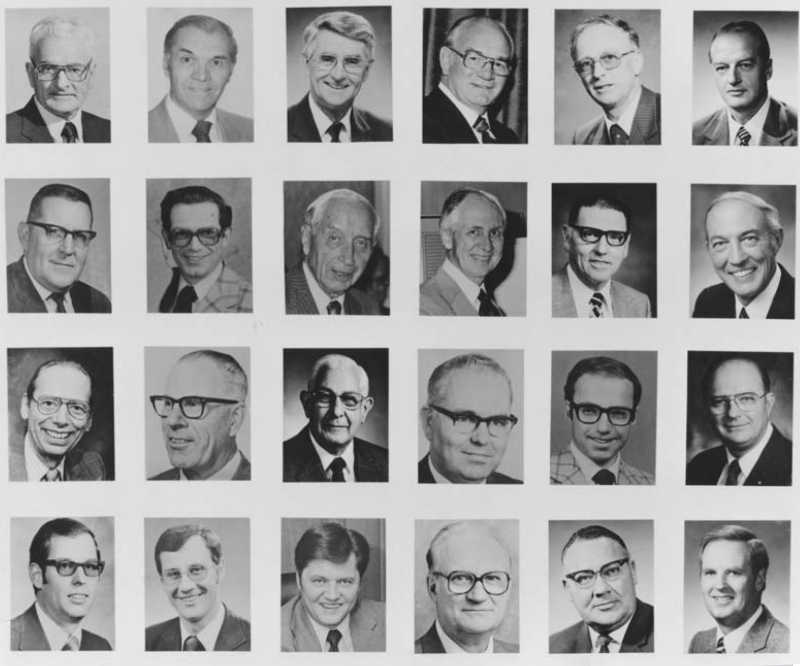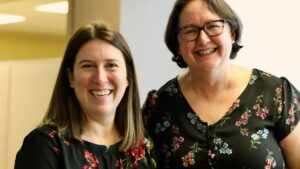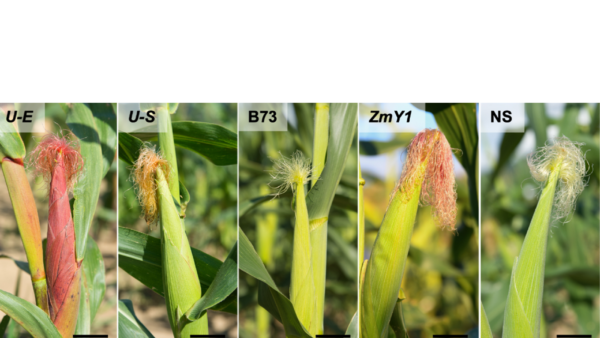SeCan celebrates 40 years by facing modern challenges head-on — while staying focused on its No. 1 goal.
_x000D_
The 1970s was a much different time for Canadian seed growers. Canada’s first Plant Breeders Rights Act was still 20 years away, and independent seedsmen throughout the country were watching new varieties pass them by, as they were often shut out of getting access to the latest new genetics being developed by breeders._x000D_
_x000D_
Getting breeder seed was challenging. There was little public promotion of new varieties._x000D_
_x000D_
Ontario’s Lorne Fell, 84, remembers those days. The now-retired seed grower and SeCan past director recalls the uncertainty growers like him faced in the seed sector of the mid-1970s._x000D_
_x000D_
“Because plant breeders wanted to be paid, they were licensing their varieties to the bigger businesses. So, the growers came together and started talking about the need to have a method of putting these new seeds into the growers’ hands,” Fell says._x000D_
_x000D_
SeCan was born._x000D_
_x000D_
It is now the largest supplier of Certified seed to Canadian farmers with hundreds of independent seed business members from coast to coast engaged in seed production, processing and marketing._x000D_
_x000D_
Since its inception, it has essentially allowed all stakeholders in the sector to benefit from the latest new varieties. SeCan lays claim to hundreds of varieties of cereals, , oilseeds, grasses and legumes, and has provided plant breeders with millions in royalties in return._x000D_
_x000D_
The organization celebrated its 40th anniversary in July in conjunction with the annual meeting of the Canadian Seed Growers Association (CSGA), an appropriate setting for SeCan members and staff to come together to acknowledge past accomplishments, but more importantly, to get ready to face current and future ones._x000D_
_x000D_
It was fitting that a major discussion topic at this year’s CSGA annual meeting was the Seed Synergy initiative, a joint project between the sector’s six major organizations — CSGA, the Canadian Seed Trade Association, the Canadian Seed Institute, the Commercial Seed Analysts Association of Canada, the Canadian Plant Technology Agency and CropLife Canada — that will attempt to help the seed industry speak to government with a single voice._x000D_
_x000D_
“I think it’s in our DNA to seek partners and to collaborate, and because our membership is made up of people engaged in their communities, it’s in our blood to problem-solve and advocate for our own interests and the ag industry in general,” says Quentin Martin, past chair of SeCan’s board of directors._x000D_
_x000D_
https://www.youtube.com/watch?v=IxWUYFjSeeM_x000D_
_x000D_
SeCan was formed as a public/private partnership with 238 members. It now boasts 700. Its board has shrunk as the organization has streamlined itself, but according to general manager Jeff Reid, SeCan has always needed to evolve to meet the demands of both a dynamic seed industry and a membership base with changing needs. He says SeCan is well placed to succeed moving into the future with initiatives like Seed Synergy in the works, and has been successful in keeping itself relevant and effective to suit changing times._x000D_
_x000D_
“I credit that success to the type of relationship we have between the board and management of SeCan,” Reid says._x000D_
_x000D_
No doubt those needs are changing, as they’ve been for 40 years. According to Fell, growers at the time of SeCan’s inception were looking for a good middle ground between the two types of seed distribution systems that were prevalent at the time — seed was either doled out by private companies that bought the rights to it, or by government. Both systems had major drawbacks._x000D_
_x000D_
SeCan was a public-private partnership that essentially merged the two ways of doing things, bringing all stakeholders to the table._x000D_
_x000D_
It distributed its first variety in 1978 — Bruce barley from the University of Guelph. Columbus wheat was registered in 1980 — it was SeCan’s first big CWRS wheat. In 2015, UPOV ’91 (PBR Legislation), finally became law in Canada, and SeCan has the top varieties in CWRS, CPS, durum, flax, malt barley, oats and soybeans._x000D_
_x000D_
But with initiatives like Seed Synergy in the hopper, growers could be looking at a much different seed landscape — one that looks very different than it does today. SeCan is poised to deal with those changes well, Reid says._x000D_
_x000D_
“At SeCan, independent seedsmen are really the backbone of our business. I think the seed industry has been viewed as a leader in being forward-thinking and collaborative. From the perspective of government, they’re paying a lot of attention right now to seed and to how it can be a model for how other industries can work effectively together.”_x000D_
_x000D_
_x000D_
In an effort to reach out and support variety developers in Canada , SeCan has pitched in to assist a number of other groups. It’s 2013 move to include “facilitating variety development” as part of its corporate objects has led to a 10-year, $3.5 million partnership with the Crop Development Centre and the Saskatchewan Wheat Development Commission._x000D_
_x000D_
In 2016, SeCan also took concrete steps to invest in equipment and lease land in strategic locations, in order to fill voids in testing infrastructure for its variety development partners, according to Reid._x000D_
_x000D_
SeCan has also launched a new campaign in partnership with Farm & Food Care Canada. Known as Growing Trust, it encourages SeCan members to donate to Farm & Food Care Canada, and all donations will be matched by SeCan. The goal is to dispel public misconceptions around modern farming practices that threaten growers’ ability to farm sustainably._x000D_
_x000D_
“We have a lot to gain or lose based on consumer acceptance and public trust,” Reid says. “The issue of building public trust has really risen to the top of the agenda. I think everyone is looking at this and how can we make things better going forward.”












